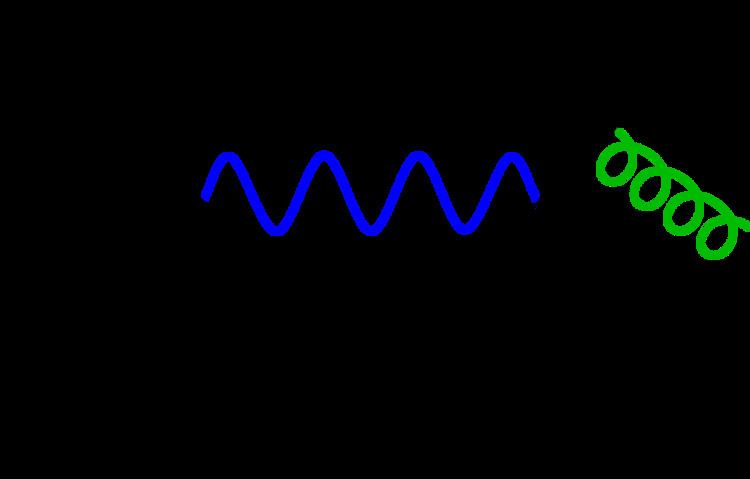 | ||
In quantum field theory, the (real space) n-point correlation function is defined as the functional average (functional expectation value) of a product of
For time-dependent correlation functions, the time-ordering operator
Correlation functions are also called simply correlators. Sometimes, the phrase Green's function is used not only for two-point functions, but for any correlators.
References
Correlation function (quantum field theory) Wikipedia(Text) CC BY-SA
